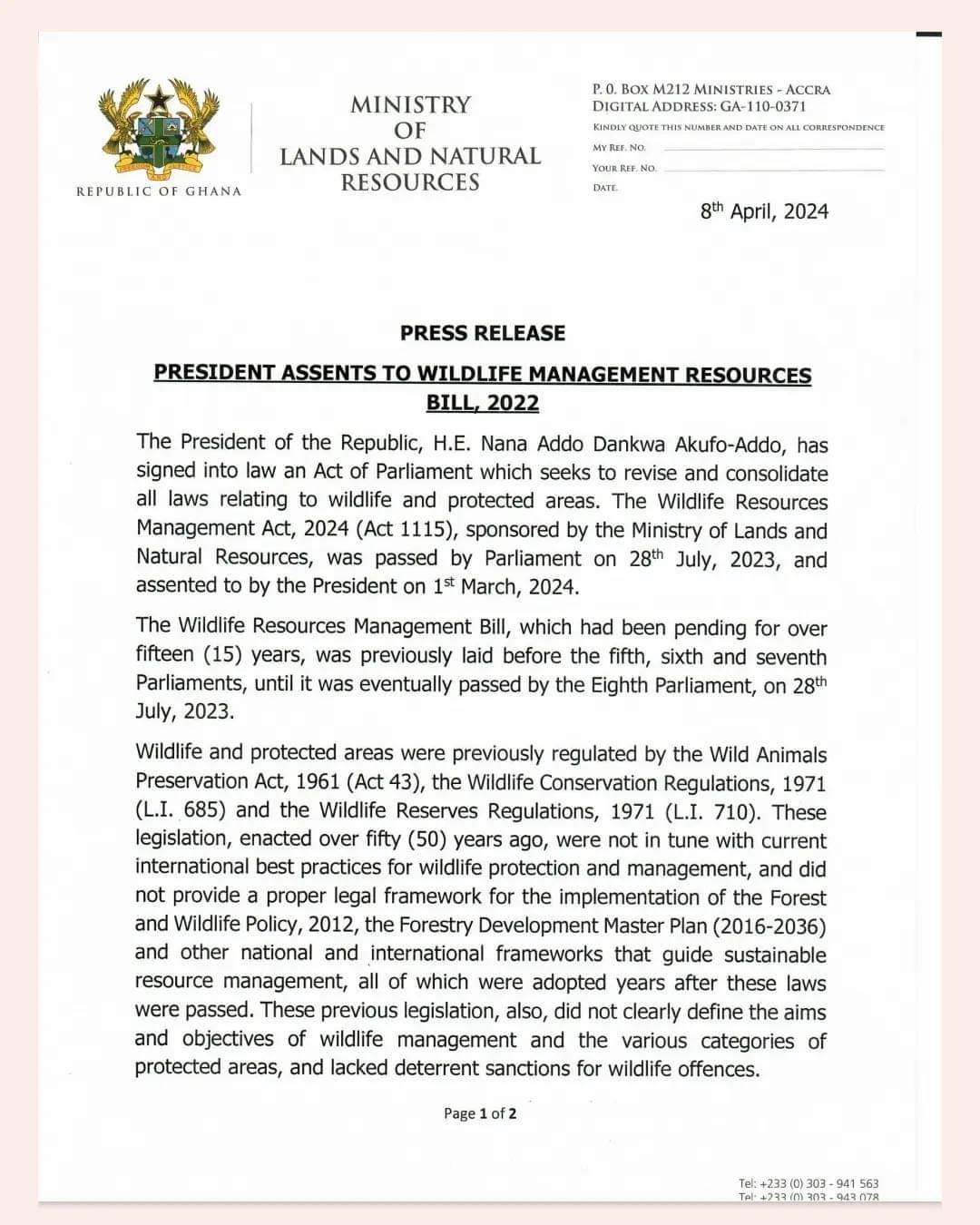
By Senyo M Adjabeng
If you have followed my writing and publications over the past decade, especially regarding Human Resource Management and Development(HRM/D), you’ll find that I am and have been most focused on the future of HRM/D.
Questions like what will the HR function look like in a hundred or fifty or ten or even five years from now, run through my mind all the time. I’m not quite sure why I am so fixated on the future of HRM, but I am driven by some unexplained passion to add value to the practice, while ensuring that what we do today sustains the future of HRM/D for the benefit of organisation and generations yet unborn.
The global labor landscape is undergoing a seismic shift, largely driven by the proliferation of gig work. When I first read about gig work some 8 years ago, I struggled to fit it into my normal knowledge related to types of employment at the time. My struggle perhaps was because gig work is a phenomenon that emerged and developed ‘outside of the box’. It is unique, different and complicated.
The closest example we could relate it to is ‘locum’ work which stands for specialized part time work. But gig work, which may also be full time employment, is way more than the normal. This article highlights the dynamic and challenging nature of HRM in the gig economy and offers insights for businesses and policymakers looking to adapt to this new world of work.
The gig economy, which basically is a labour market, characterized or dominated by jobs other than what we generally know as permanent jobs, has emerged as a defining feature of the modern global labor market.
It encompasses various forms of short-term, freelance, or contract work facilitated by digital platforms. As the gig economy grows, it brings with it several key features, merits, and demerits that impact workers, businesses, and economies worldwide.
Gig work allows individuals to choose when, where, and how much they work. This flexibility is one of the most significant attractions for gig workers who seek work-life balance, additional income, or independence from traditional employment structures.
It is often project or task-based, with payments tied to the completion of specific jobs rather than a fixed salary. This structure enables businesses to hire specialized talent on a need-basis rather than committing to long-term employment.
Though several factors are responsible for the growing gig economy, high unemployment especially in Africa has been a major factor. Publications by the Brookings Institution, the World Bank, ILO and McKinsey attribute growing trends of gig work to lack of traditional job opportunities, economic recession such as COVID, and lack of entry level jobs for teeming unemployed graduate youth. A typical example is the revolution of “OKADA” in Ghana.
“OKADA is Gig Work, and it has come to stay.”
~ Senyo M. Adjabeng
The gig economy is heavily driven by digital platforms like Uber, Fiverr, and DoorDash that connect freelancers with clients or consumers. These platforms handle tasks such as payments, client communication, and project management.
Hence, Gig work often falls outside the traditional employer-employee relationship, leading to a lack of formal contracts, benefits, and job security for gig workers. Digital platforms facilitate cross-border gig work, allowing workers from different parts of the world to participate in the global labour marketplace.
This is especially prominent in sectors like IT, content creation, and consulting. The digital nature of gig platforms allows businesses to tap into a global talent pool. This can lead to better quality work and more diverse perspectives, enhancing creativity and problem-solving.
One of the most significant advantages of gig work is flexibility. Workers can set their schedules, choose projects that align with their skills and interests, and balance work with other life commitments.
It provides income-earning opportunities for a broad range of people, from students and retirees to full-time employees looking for additional income. It allows individuals to monetize their skills in various ways.
However Gig workers do not have the job security that comes with traditional full-time employment. Contracts are often short-term, and there is no guarantee of consistent income, making financial stability a concern.
Gig workers typically lack access to employer-sponsored benefits such as health insurance, paid leave, retirement plans, and worker’s compensation. This can lead to increased vulnerability, especially in times of illness, injury, or economic downturns.
Some gig workers face unfair labor practices, low wages, and lack of bargaining power. And the gig economy operates in a legal grey area in many countries. Workers are often classified as independent contractors rather than employees, creating challenges in labor rights, tax obligations, and social protections.
This lack of regulatory clarity can lead to disputes and legal complications. I am quite certain that there is no formal policy framework for gig work in Ghana, and most gig workers sit outside the Tax net and therefore hardly pay income taxes. The World Bank Report, 2020, estimates gig workers in Ghana at over 100,000.
Other studies suggest higher numbers which I am inclined to believe because the 100,000 figure as quoted is pre-Covid and post covid figures may definitely show higher numbers. This is an area policy makers may want to look at for developing jobs and reducing unemployment.
The Rise of the Gig Economy: A Global Perspective
Gig work is not a new phenomenon, but its scale and scope have expanded dramatically in recent years, fueled by digital platforms and a shift in workforce expectations. Today, millions of workers across the world participate in gig work in varying capacities.
The U.S. for example, remains one of the largest markets for gig work. According to a study by the Freelancers Union and Upwork, over 57 million Americans freelanced in 2019, contributing to nearly $1 trillion to the economy. The growth has continued, driven by the rise of remote work and digital platforms.
With a large, young, and digitally savvy population, India has emerged as a hotspot for gig work, particularly in sectors like ride-sharing, food delivery, and freelance digital services. The Indian gig economy is projected to grow to $455 billion by end of 2024, as per a report by “ASSOCHAM”. In Europe, the gig economy is also growing rapidly.
A report by the European Foundation for the Improvement of Living and Working Conditions (Eurofound) indicated that 11% of Europeans had engaged in some form of gig work. African nations like Nigeria, Kenya, and South Africa are witnessing a burgeoning gig economy, especially in the digital services sector. This rise is largely attributed to high unemployment rates and the flexibility gig work offers.
In Ghana, Gig work has evolved in the Transport (Okada, ride sharing and food delivery jobs), IT (Photography, digital services and content creation), Food delivery, Real estate (Property Agent Rentals and Sales) and other related sectors of the economy.
Unique HRM Challenges in the Gig Economy
While gig work presents new opportunities for businesses and workers alike, it also brings forth a unique set of challenges for HRM/D. Traditional HRM strategies that have been developed over decades are now being tested and, in many cases, are falling short. Unlike traditional full-time employees, gig workers do not have a stable relationship with their employers.
For real, gig workers are actually independent contractors involved in contract for service and not considered ‘employees’ in the traditional sense of the word. This fragmented relationship makes it difficult for HR managers to engage, motivate, and retain gig workers. There is no “one-size-fits-all” approach, and HR teams must be more creative in crafting personalized engagement strategies.
Gig work often falls into a grey area in terms of labor laws. Different countries have varying regulations on minimum wage, work hours, and employee benefits. Navigating these complex regulations is a challenge for HR departments, particularly for businesses that operate across multiple jurisdictions.
Hence, attracting and retaining gig workers requires a different approach than what traditional HR strategies offer. For instance, gig workers value flexibility, fair compensation, and meaningful work over long-term job security and benefits. HR teams need to develop new value propositions tailored to these preferences.
Measuring the performance of gig workers is more complicated compared to full-time employees. Traditional performance metrics do not always apply, and there is often a lack of direct oversight. Innovative performance evaluation models that focus on outcome-based
assessment rather than process-based metrics are needed. Gig workers often do not have access to the same health benefits and safety nets as traditional employees. This precariousness can affect their mental and physical well-being, leading to burnout and reduced productivity. HR managers must find ways to provide gig workers with support, perhaps through partnerships with insurance providers or wellness programs.
The Future of Work: Adapting HRM Strategies for the Gig Economy
As the gig economy continues to expand, the future of work will be marked by a more dynamic and fluid workforce. Organizations will need to rethink their HRM practices to manage gig workers effectively while ensuring legal compliance, fairness, and productivity.
Companies should consider flexible engagement models that cater to the varied needs of gig workers. This could include flexible working hours, remote work options, and variable compensation plans that reward high performance.
Creating a culture that is inclusive of gig workers is crucial. This includes recognizing their contributions, offering opportunities for growth, and ensuring they feel valued despite their short-term engagement.
This cultural shift can lead to higher engagement and better performance. Above all, Companies must stay ahead of the regulatory curve by continuously monitoring changes in labor laws across regions. Developing a robust legal framework that protects both the organization and gig workers can help in mitigating risks associated with non-compliance.
Finally, advanced HR tech solutions like AI and data analytics can be employed to manage and engage gig workers. These technologies can help in talent acquisition, performance tracking, and personalized training programs, thereby enhancing gig worker satisfaction and retention.
Conclusion
In my professional opinion, the gig economy is not just a passing trend; it is an integral part of the future of work. For organizations, this new labor model presents both opportunities and challenges. While it provides flexibility, cost-efficiency, and a broad range of employment opportunities, it also presents critical issues related to job security, income stability, benefits, and worker rights.
The future of gig work will depend on how these challenges are addressed through innovative HR strategies, regulatory frameworks, and policies that balance flexibility with fairness and protection for all stakeholders involved. As the gig economy continues to grow, it will be crucial for businesses, governments, and workers to collaborate in shaping a more sustainable and equitable future of work.
For Further Easing:
- (2020). The Rise of India’s Gig Economy.
- Brookings Institution. (2021). “The Gig Economy in the United States: What are the Trends?”
- European Foundation for the Improvement of Living and Working Conditions (Eurofound). (2020). New Forms of Employment.
- Freelancers Union & Upwork. (2019). Freelancing in America: 2019.
- International Labour Organization (ILO). (2022). “The Gig Economy in Africa: Potential, Impacts, and the Role of Regulation.”
- McKinsey & Company. (2021). The Gig Economy: Disruption and Innovation.
- McKinsey Global Institute. (2016). “Independent Work: Choice, Necessity, and the Gig Economy.”
- World Economic Forum. (2022). The Future of Jobs Report.
- World Bank. (2020). “Youth Employment in Sub-Saharan Africa.”
The post Gig work and its peculiar Human Resource Management challenges appeared first on The Business & Financial Times.
Read Full Story














Facebook
Twitter
Pinterest
Instagram
Google+
YouTube
LinkedIn
RSS